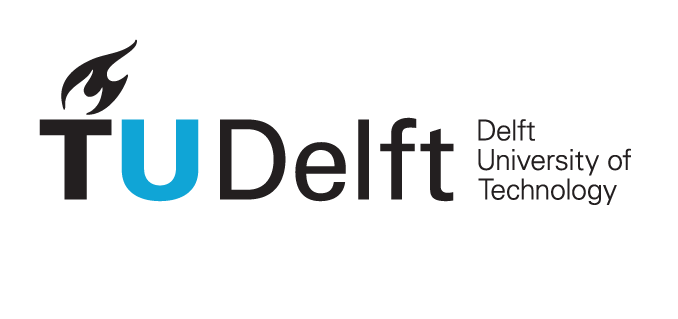# Matplotlib compatibility patch for Pyodide
import matplotlib
if not hasattr(matplotlib.RcParams, "_get"):
matplotlib.RcParams._get = dict.get
Learning objectives, activities and assessment 💡#
Learning objectives#
At the end of this module, you show to be able to:
Model, evaluate and reflect on validity of support reactions, section forces and displacements in skeletal structures using differential equations.
Model, evaluate and reflect on validity of support reactions, section forces and displacements in statically indeterminate skeletal structures using the force- and hybrid method.
Model, evaluate and reflect on validity of the stress state on homogeneous planar elements for any coordinate system.
Model, evaluate and reflect on validity of buckling load of skeletal structures. This aligns with the learning objectives of Structural Mechanics 3 of the regular BSc programme of Civil Engineering.
As a prerequisite for the main objectives, you should be able to model, evaluate and reflect on forces, displacements and stresses in statically determinate structures. This is made specific in the following prerequisite learning objectives, you show to be able to:
- Model, evaluate and reflect on validity of shape (only for cables), support reactions and section forces in statically determinate skeletal structures and cables using equilibrium relations and virtual work (only on beam structures), required for learning objective 1, 2 and 3.
- Model, evaluate and reflect on validity of displacements of truss- and skeletal bending structures using Williot and forget-me-nots, required for learning objective 1, 2 and 4
- Model, evaluate and reflect on validity of normal- and shear stresses in thick- and thin-walled cross-sections due to normal forces, bending moments and torsional moments, required for learning objective 3
The learning objectives a-c align almost entirely with the learning objectives of Structural Mechanics 1 and 2 of the regular BSc programme of Civil Engineering. The learning objectives are summarized in three subjects:
Statically indeterminate structures, including learning objective 1, 2, a and b
Continuum mechanics, including learning objective 4, a, b and c
Buckling, including learning objective 1, 4, a, b
This course replaces Structural Mechanics 1, 2 and 3 of the regular Bachelor programme as a preparation for the MSc Civil Engineering. It is expecting some prior knowledge on learning objective a – c to be able to finish the course on time.
Learning activities#
The learning-line of structural mechanics as taught in the BSc programme of Civil Engineering is offered as separate modules (corresponding to the learning objectives 1-4) in a fixed order (1, 2, 3, 4). In class, each learning objective 1-4 will be introduced classically on a high-level. During this modules, there’s enough time to work on the prerequisite modules (corresponding to learning objective a-c).
You start the course with an ungraded, self-assessed prerequisite test to identify shortcomings in their knowledge.
All of the separate modules are collected in this TeachBook, breaking down each module into separate parts of theory and skills including exercises. Assistance is provided to small student groups and individual students.
The support by lecturers and TAs in class comprises of:
Classical introduction on learning objective 1-4
Assistance on making a personal learning plan
Additional explanation to small student groups on the literature,
Guidance and feedback on exercises
Assessment#
The learning will be assessed incrementally:
Exam week period Q1, exam assignment on statically indeterminate structures
Halfway Q2, exam assignments on statically indeterminate structures and continuum mechanics
Exam week period Q2, eam assignments on buckling and continuum mechanics
Exam week Q3, exam assignments on statically indeterminate structures, on buckling and on continuum mechanics
During the exam assignments, you’re allowed to bring your books, notes, etc. and you’re allowed to use your laptop including software like SymPy. You’re not allowed to communicate during the exam session, which will be strictly monitored. Furthermore, you’re not allowed to use structural analysis software.
For each exam sessions(consisting of one or more assignments) you’ll have three hours.
You pass the courses when you scores sufficient (minimum 6.0) for an assignments on each of the subjects. Each subject is graded separately as a partial grade.
